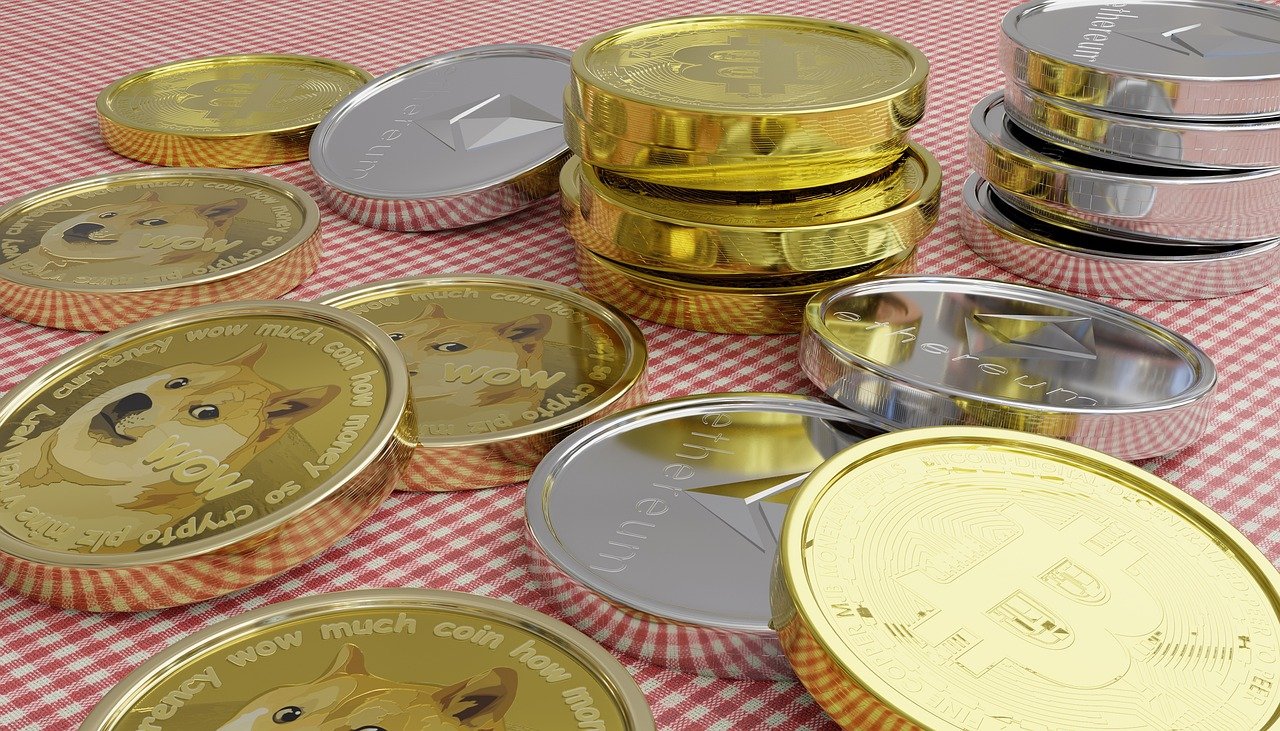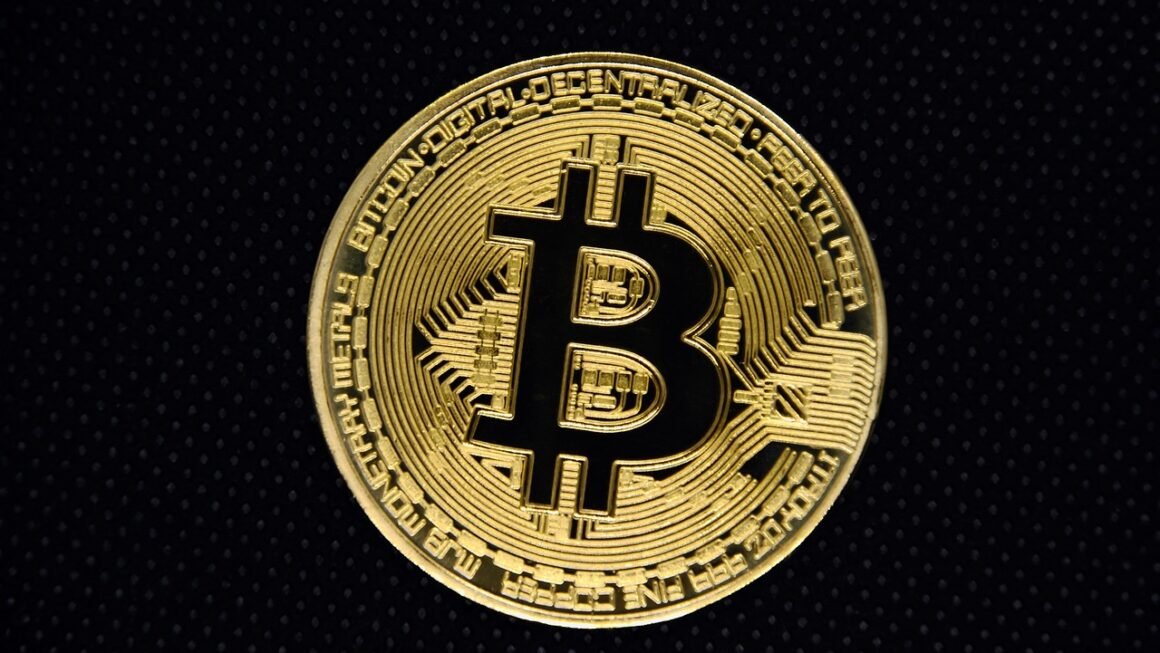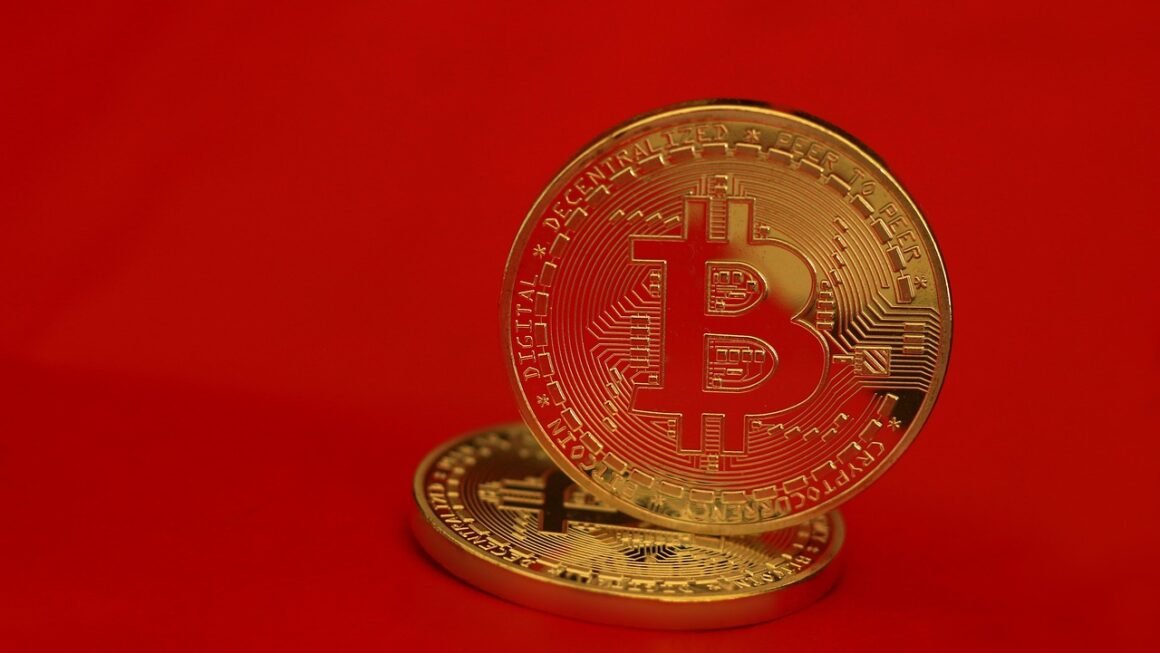Token burning. It sounds dramatic, like throwing digital money into a virtual furnace. But in the world of cryptocurrency and blockchain, it’s a strategic mechanism with real implications for a token’s value and its ecosystem. This post will delve deep into what token burning is, why it’s done, and its impact on the crypto market, providing you with a comprehensive understanding of this powerful tool.
What is Token Burning?
Defining Token Burning
Token burning is the process of permanently removing a certain number of cryptocurrency tokens from circulation. This is achieved by sending those tokens to a designated “burn address,” a crypto wallet that is inaccessible and from which the tokens can never be retrieved. Think of it as a digital black hole where the tokens are irretrievably lost.
How Token Burning Works
- The process usually involves a pre-programmed function within the cryptocurrency’s smart contract.
- The cryptocurrency project team (or, in some cases, a decentralized autonomous organization, or DAO) initiates the burn transaction.
- The specified amount of tokens is then sent to the burn address.
- The transaction is recorded on the blockchain, publicly verifying the burn and reducing the total supply.
Distinguishing Burning from Other Methods of Supply Reduction
It’s crucial to distinguish token burning from other methods that reduce the circulating supply. While buybacks (where the project team purchases tokens and holds them) can decrease the number of tokens available on exchanges, they don’t permanently remove them from the total supply. Burning, on the other hand, is final. Tokens sent to a burn address are gone forever.
Why Projects Burn Tokens
Reducing Supply to Increase Scarcity
One of the primary reasons for token burning is to reduce the total supply of a cryptocurrency. This creates artificial scarcity, which, according to basic economic principles, can lead to an increase in the value of the remaining tokens.
- Example: Imagine a town with only 100 houses. If 20 houses are suddenly destroyed, the remaining 80 become more valuable due to their increased scarcity. Token burning operates on a similar principle.
Rewarding Token Holders and Enhancing Token Value
By reducing the total supply, token burning can benefit existing token holders. If demand remains constant or increases while the supply decreases, the price of the remaining tokens should theoretically rise, rewarding those who have already invested in the project.
Stabilizing Token Price and Maintaining Ecosystem Health
Token burning can also be used to stabilize a token’s price, especially during periods of volatility. For example, if a project experiences a significant drop in token value, burning a portion of the tokens can help to counteract the downward pressure.
- Example: Binance’s BNB token regularly undergoes burns, often based on trading volume, which contributes to price stability and perceived value. This consistent burn schedule offers a predictable element for investors.
Proof-of-Burn (PoB) Consensus Mechanism
In some blockchain networks, token burning is integral to the consensus mechanism itself. Proof-of-Burn (PoB) is an alternative to Proof-of-Work (PoW) and Proof-of-Stake (PoS).
- Instead of mining or staking, participants “burn” (destroy) their tokens to earn the right to validate transactions and create new blocks.
- The more tokens a participant burns, the higher their chance of being selected to create the next block.
- PoB is designed to be more energy-efficient than PoW, as it doesn’t require extensive computational power.
Managing Inflation
Token burning can be implemented to combat inflation within a cryptocurrency’s ecosystem. If a token has a high inflation rate, burning a portion of the supply can help to offset the inflationary effects and maintain the token’s value over time.
How Token Burning is Implemented
Scheduled Burns
Many projects implement token burning on a scheduled basis, often quarterly or annually. These burns are typically pre-announced and are conducted according to a predetermined formula, providing transparency and predictability.
- Example: Ripple (XRP) has a history of regularly burning XRP tokens from their escrow accounts, though the practice has been adjusted over time.
Transaction Fee Burns
Some cryptocurrencies burn a portion of the transaction fees generated on their network. This means that with every transaction, a small percentage of the fee is permanently removed from circulation.
- Example: Ethereum’s EIP-1559 update introduced a burning mechanism for transaction fees, which helped to offset inflation and provide an incentive for network usage.
Buy-Back-and-Burn Programs
Another common method is for projects to use a portion of their revenue to buy back tokens from the open market and then burn them. This approach directly supports the token’s price while reducing the circulating supply.
- Example: Many decentralized finance (DeFi) platforms utilize buy-back-and-burn programs to reward token holders and maintain the value of their governance tokens.
Specific Event-Driven Burns
Sometimes, token burns are conducted in response to specific events, such as reaching a certain milestone or achieving a particular goal. These burns can be seen as a reward to the community and a sign of the project’s success.
Potential Risks and Criticisms
Market Manipulation Concerns
One potential risk associated with token burning is the possibility of market manipulation. If a project artificially inflates the value of its token through excessive burning, it could be seen as misleading investors.
Centralization Concerns
If the decision to burn tokens rests solely with a centralized entity, it raises concerns about the project’s decentralization and governance. The community should have a say in how and when tokens are burned.
Lack of Transparency
It’s crucial for projects to be transparent about their token burning practices. The rationale behind the burns, the amount of tokens being burned, and the burn address should be clearly communicated to the community.
Unforeseen Consequences
While token burning can be a beneficial strategy, it’s essential to consider the potential unforeseen consequences. Reducing the supply too drastically could lead to liquidity issues or other unintended effects on the ecosystem. Careful planning and analysis are crucial.
Conclusion
Token burning is a valuable tool in the cryptocurrency world that can be used to manage supply, reward holders, and enhance the overall health of a token’s ecosystem. However, it’s crucial for projects to implement burning practices transparently and responsibly, considering the potential risks and consequences. By understanding the mechanics and motivations behind token burning, investors can make more informed decisions and better assess the long-term potential of cryptocurrency projects.



